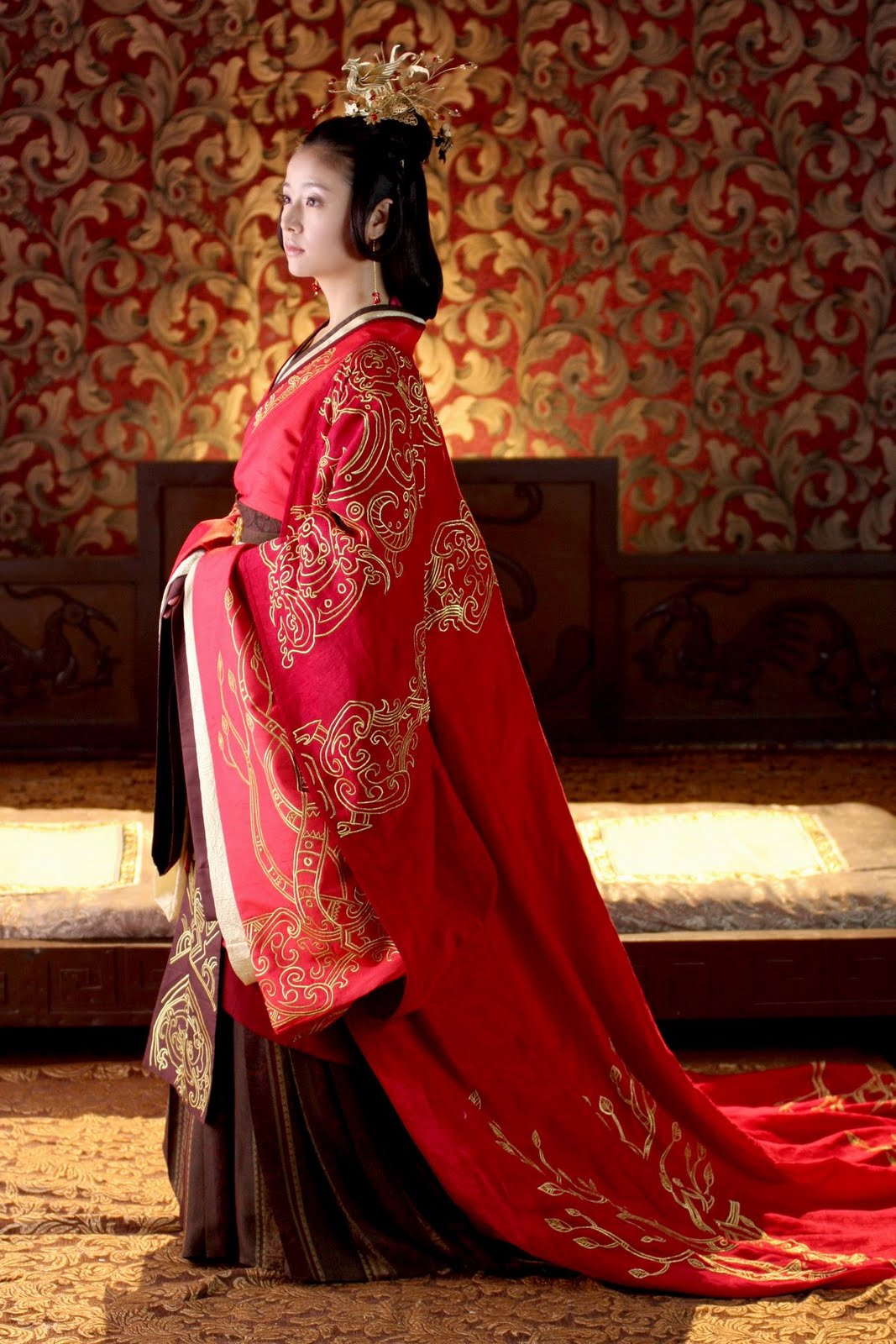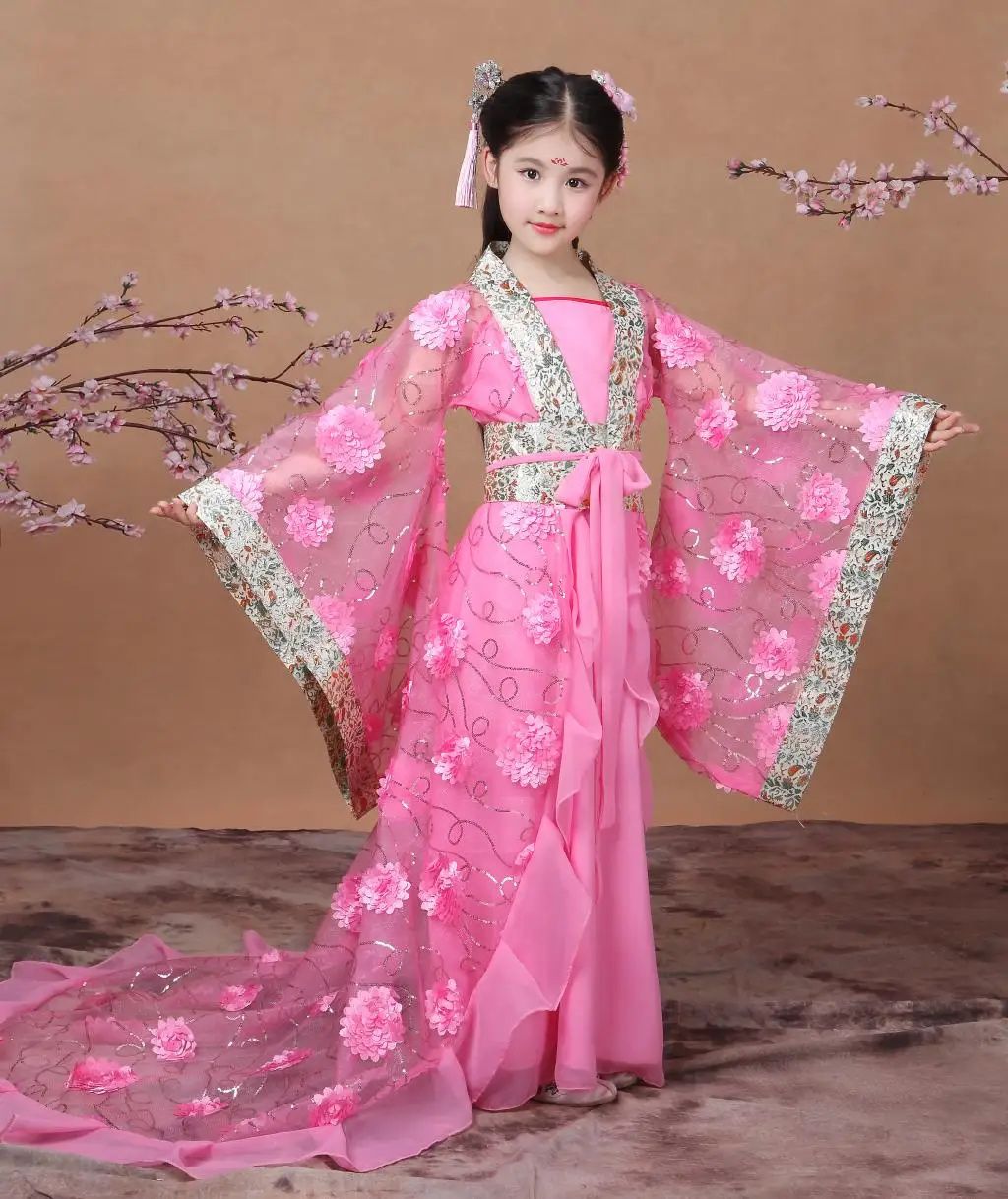
chihaha Han Chinese clothing
There is no "typical" Chinese costume, although today, if any style of clothing epitomizes "Chinese", it would be the Cheongsam, or call it Qipao, which has evolved from ancient clothing of the Manchu ethnic minority. Cheongsam is Popular because it fits the Chinese female figure well, and has simple lines and looks elegant.

Yellow Long Cheongsam Sexy Chinese Traditional Dress Qipao Chinese Oriental Dresses China
Transitional Fashion from Ancient China ♡ Cheers to Traditional Outfit Lovers ♡ Feel the Charm of 🇨🇳 ♡ 5-12 Days Delivery Worldwide.. Modern Chinese Style Dress (花蝶图) Regular Price $108.00 Sale Price $108.00 Regular Price Unit Price / Translation missing: en.general.accessibility.unit_price_separator . QUICK SHOP

Chinese Traditional Bride Dress Xiuhe Clothing Peacock Wedding Dress Red Costume eBay
The Qipao is a traditional Chinese dress that originated during the Qing dynasty (1644-1911). The dress is made of silk or cotton and features a high collar, tight-fitting bodice, and a skirt that falls straight down to the ankles. The dress is often adorned with intricate embroidery and colorful patterns, and is traditionally worn with high heels.

Chinese Traditional Dress Red Long Sleeve Cheongsam Embroidery Qipao Oriental Dresses Wedding
Hanfu comprises all traditional clothing classifications of the Han Chinese with a recorded history of more than three millennia. [15] [16] Each succeeding dynasty produced their own distinctive dress codes, reflecting the socio-cultural environment of the times.

Buy Oriental Chinese Traditional Wedding Dress Women Phoenix Embroidery
Traditional Han Chinese Clothing (Han Fu): It refers to the attire worn by the Han people from the enthronement of the Yellow Emperor (about 2698 BC) till the late Ming Dynasty (1368 - 1644 AD). It became known as the Han Fu ("fu" means "clothes" in Chinese) because the fashion was improved and popularized during the Han Dynasty.

Traditional Chinese Clothing Female Dragon Chinese Traditional Emperor Costume Ancient Queen
1. This traditional dress originated in the Shang Dynasty Photo by DAN MA on Unsplash The basic features of Chinese traditional dress are a cross-collar, wrapping the right lapel over the left, and tying with a sash. This style of dress is believed to have originated in the Shang Dynasty (1600-1046 BCE).

Buy long traditional silk cheongsam dress black chinese qipao red women chinese
Hanfu was a symbol of traditional Chinese culture. It also had a far-reaching influence on the clothing in other neighboring Asian countries, such as the Japanese kimono, the Korean hanbok, and the Vietnamese Áo giao lĩnh. Chinese clothing started to be adopted by the Japanese in the 5th century. Traditional Japanese clothing is the

Chinese Traditional Wedding Dress Stock Photo RoyaltyFree FreeImages
The traditional dress that Manchu women wore became known as the qipao (旗袍, meaning banner gown). After 1636, all Han Chinese men in the banner system had to wear the male version of the qipao, called the chángpáo (長袍).

Buy traditional chinese wedding dress cheongsam red cheongsam silk 2016
Red is believed to bring good luck and ward off evil spirits, while yellow symbolizes power and prosperity. Purple is often seen as a sign of dignity and respect. Automated page speed optimizations for fast site performance. This blog will introduce 4 Chinese Traditional Clothes: Hanfu, Qipao, Tang Suit, and Zhongshan Suit to you.

Red Chinese Wedding Dress Female Long Sleeve Cheongsam Gold Embroidery Phoenix Chinese
Chinese clothing includes the traditional hanfu and garments of ethnic minorities, as well as modern variations of indigenous Chinese dresses. Chinese clothing has been shaped through its dynastic traditions, as well as through foreign influences. [1]

Chinese traditional dress long design women's costume bridal evening dress Chinese style
Cheongsam Cheongsam ( UK: / tʃ ( i) ɒŋˈsæm /, US: / tʃɔːŋˈsɑːm /) or zansae, also known as the qipao ( / ˈtʃiːpaʊ /) and sometimes referred to as the mandarin gown, is a Chinese dress worn by women which takes inspiration from the qizhuang, the ethnic clothing of the Manchu people.

Chinese Traditional Dress Women's Satin Red Long Cheongsam dress Qipao Clothings embroidery
The cheongsam ( qipao) is a very typical Chinese traditional dress, which was popular in the 1920s and is also a favorite dress of many women in contemporary society. cheongsam (qipao) brings out the beauty of oriental women, either reserved and gentle, or mysterious and cold. In today's society, women are on par with men in life and career.

Ancient Traditional Chinese Woman Elegant Hanfu Dress Fashion Hanfu
1. Traditional Chinese Dress - Hanfu History of Hanfu 2. Qing Dynasty Best - Cheongsam Qipao Qipao History 3. Men's Style - Tang Suit Origin of name Tang Suit History 4. Formal Attire - Zhongshan Suit History of the Zhongshan Suit 5. Ethnic Minorities - Colorful Costumes Features of Clothing 6.

Modern Chinese Traditional Dress Women Bride Wedding Qipao Embroidery Red Cheongsam Short
The Han (汉族 hànzú) are the dominant ethnic group in China, and consequently Chinese characters are referred to as Han characters (汉字 hànzì). Likewise, the Mandarin language is called the Han language (汉语 hànyǔ) and traditional Chinese clothing is called Han clothing (汉服 hànfú). During the Han dynasty, clothing designs.

Traditional Chinese Wedding Qipao East Meets Dress Gemma Bespoke Dress
2. Qipao. Qipao appeared in the 1920s and remained as the "national dress" until the 1950s. Qipao was originally made wide and loose, covering most parts of the body. Yet it could hardly be considered fashionable, and people were seeking for a more snazzy style of dressing to suit their tastes.

2019 new pink chinese ancient traditional girls hanfu clothing cosplay party dresses tang
Cheongsam, also known as Qipao in Mandarin, is a traditional dress that has its origins back in the 17th century. It is a type of famine body-hugging dress with distinctive Chinese features of Manchu origin. During the 1920s-1930s, it was called mandarin gown and popularized by upper-class women in Shanghai.